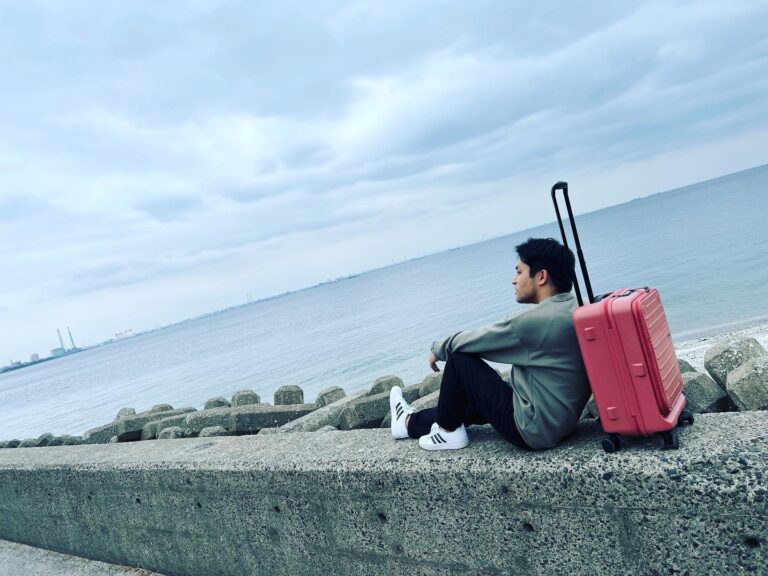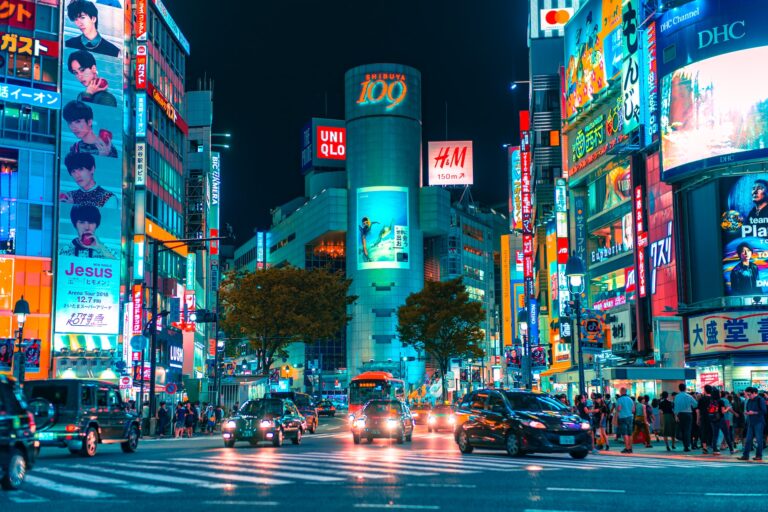Photography: The Simple Rules of Composition
Even if you have a limited knowledge of how to use your camera or phone properly, it is still possible to take great pictures. Of course, understanding what the controls on a camera do and why you might use them will improve your photography generally. In addition, learn to use some simple composition tools and see your images take on a whole new professional look.
Let’s take a look at how this works in practice, using example photos courtesy of professional photographer Keith Barnes.
Rule of Thirds
This idea about composition goes all the way back to the 12th century and a mathematician called Fibonacci. He discovered a sequence of numbers that led to a ratio 1.618. It defines how a line is divided into a longer and shorter section. But don’t panic, you don’t have to know anything about maths to understand this in photography terms.
Photographers have taken this basic principle and broken it down into the Rule of Thirds. Divide your viewfinder or monitor that you use to view your image into a noughts and crosses board, then simply put the important things in the picture on one of the lines and, if you can, the really important things on a cross section.
This one simple thing will make your pictures look more elegant, more considered and more advanced.
Frames
Using a frame to hold a subject is a very simple way of giving your subject more importance in a picture. This in itself is a way of designing a picture so that what is important is obvious. You can use something physical like a doorway or a window, or just an area of light or dark tone or colour behind your subject.
Lines
Lines are used to direct the eye through the picture to the place where you want someone looking at you picture to see. Lines work in different ways, some give a slow movement for the eye like curved lines that meander through the picture, others like vertical lines imply power and strength while others like horizontal lines give a sense of stillness and peace. Lines are also used to link areas of a picture, so in a landscape using a line to pull the foreground and background together.
This picture of the Plains of Jars in Laos shows how the line of the past on the left and the one on the right of the jar in the centre of the picture push the eye to the background where there are more jars:
In the next picture, you can see how the horizontal lines of the boat structure and the hammock give a feeling of peace and stillness and calm:
In this next picture, vertical lines have been used to move the eye towards the sky, which makes the viewer look up and gives a feeling of power and strength:
Curved lines can be magical because they do not always show the end of the line and so imply uncertainty while posing the question: I wonder where that goes? Curving lines also allow the eye to languidly move through a picture in a way that straight lines don’t. It is said that curved lines can also be sensuous because they are reminiscent of the human form.
Lines of Perspective
These are lines that pull the eye quickly to the point of the picture. They’re used to give importance to the main subject even though sometimes the subject might be small in the picture.
Patterns
Patterns are another way of adding interest to your pictures. Patterns are everywhere; you just have to have the eyes to see them. Sometimes the position you take, lower down, on your knees or up high, will reveal patterns that are visually interesting:
Reflections
Reflections are a really fun way to add a strength to your compositions. We can all see reflections in lakes and rivers – that’s the easy bit – but if you look closely you’ll find reflections everywhere; you just need to develop the eye to see them and when you do, suddenly there’s another way to make your pictures more interesting:
Juxtaposition
Our last composition tip on how you can bring importance or notice to something is by showing it in comparison to something else. It may be harder to explain this but being aware of what is around you and seeing those unusual moments is when things come together – and suddenly there’s the shot.
You do have to be ready and know how to operate your camera quickly but when you do there’s an opportunity to capture that perfect moment that a photographer looks for. Sometimes juxtaposition is used in combination with other composition tools to bolster the idea. In this picture, you can see how the old woman in national dress contrasts with the young boys:
While in this picture, it’s the balance created by juxtaposing the two subject, the picture below contrasts fabulous ethnic materials with the sales person in a modern jacket:
The secret to good photography is composition, and that requires the photographer to pay real attention to what is in the picture, and how things can be included or excluded to strengthen the picture. Even something as simple as moving your feet, or changing the height you are photographing from, can make a huge difference.
But don’t worry if you’ve already taken a picture – you can easily fix it in post production. To do so, it’s good to know a couple of photography cropping rules. Such techniques will let you make the right impression on the viewer and deliver your original message. Besides, most photo editors offer ready-to-use aspect ratios, so all you’ll have to do is select the area and save the cropped photo.



















